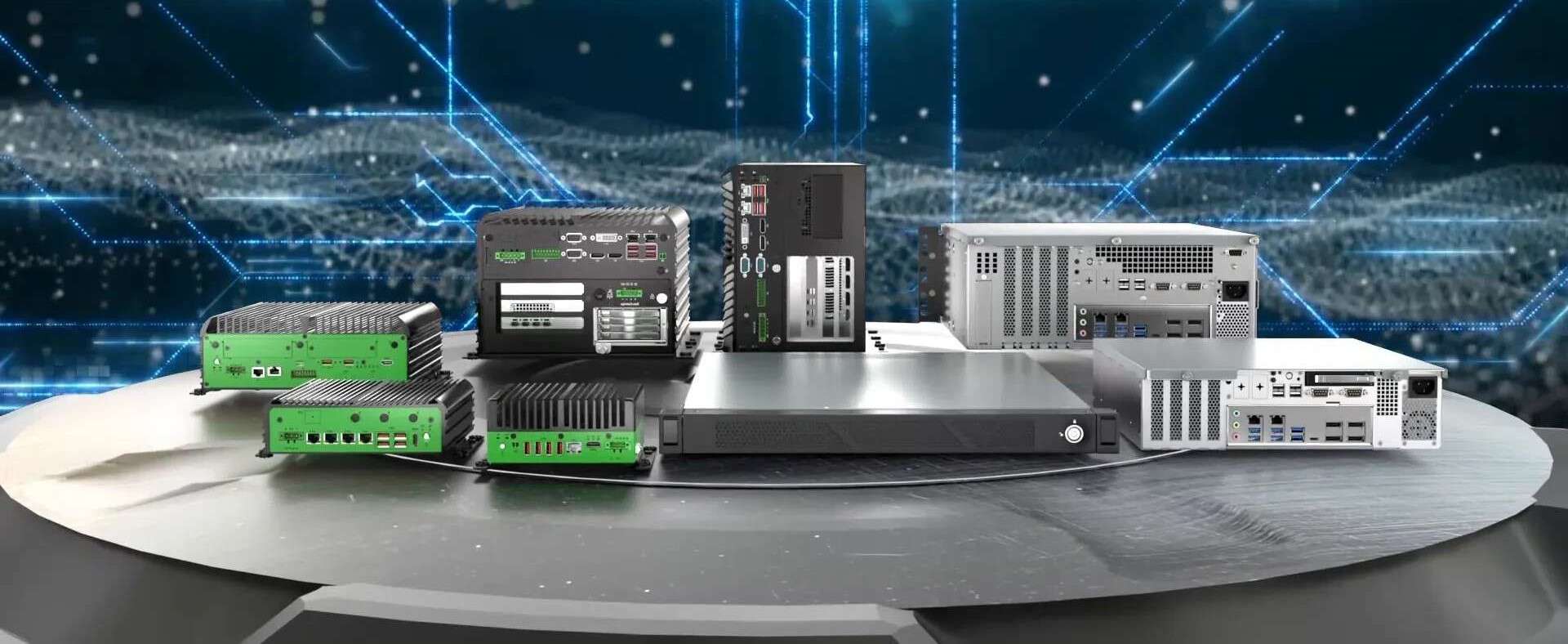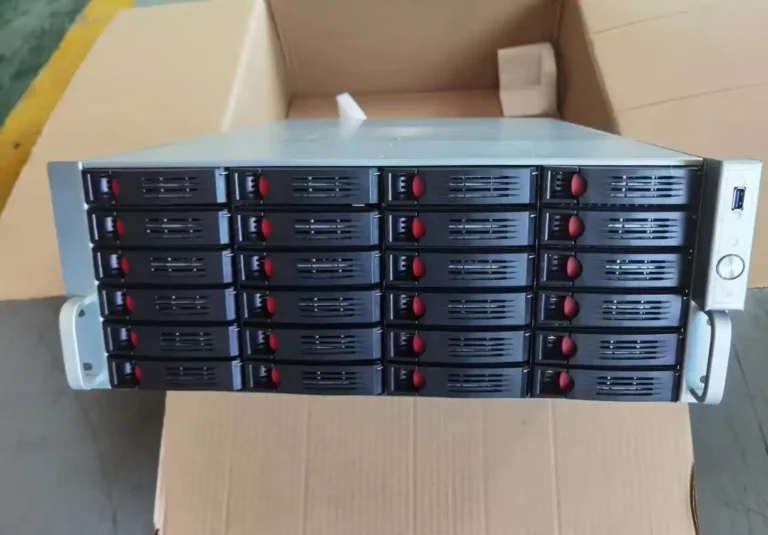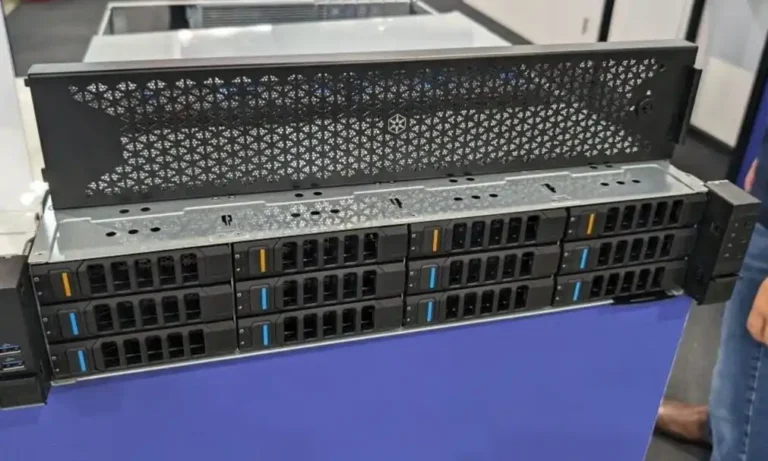You don’t buy a dual-node chassis just for density. You buy it because uptime, hands-on service, and compliance sit on the critical path. That’s why bezel, rails, and locks aren’t side notes—they decide how fast you turn wrenches, how clean your airflow stays, and who can actually touch the front panel. Below is a straight-talk guide that folds in what we build at IStoneCase and what operators ask for every week.
Dual-node chassis OEM/ODM: bezel / rails / locks — why they matter
- Bezel shapes airflow, carries your brand, and controls front-panel access.
- Rails dictate install speed and MTTR; wrong depth or load rating will bite you later.
- Locks move you from “hope nobody opens it” to layered, auditable physical security.
- All three live in your RFQ and BOM, not in wishful thinking.
Quick note: I’ll use real industry phrases—EIA-310-D, CMA, hot-swap, keyed-alike—so your team can plug this straight into procurement. Some grammar will be a lil’ casual; that’s on purpose.
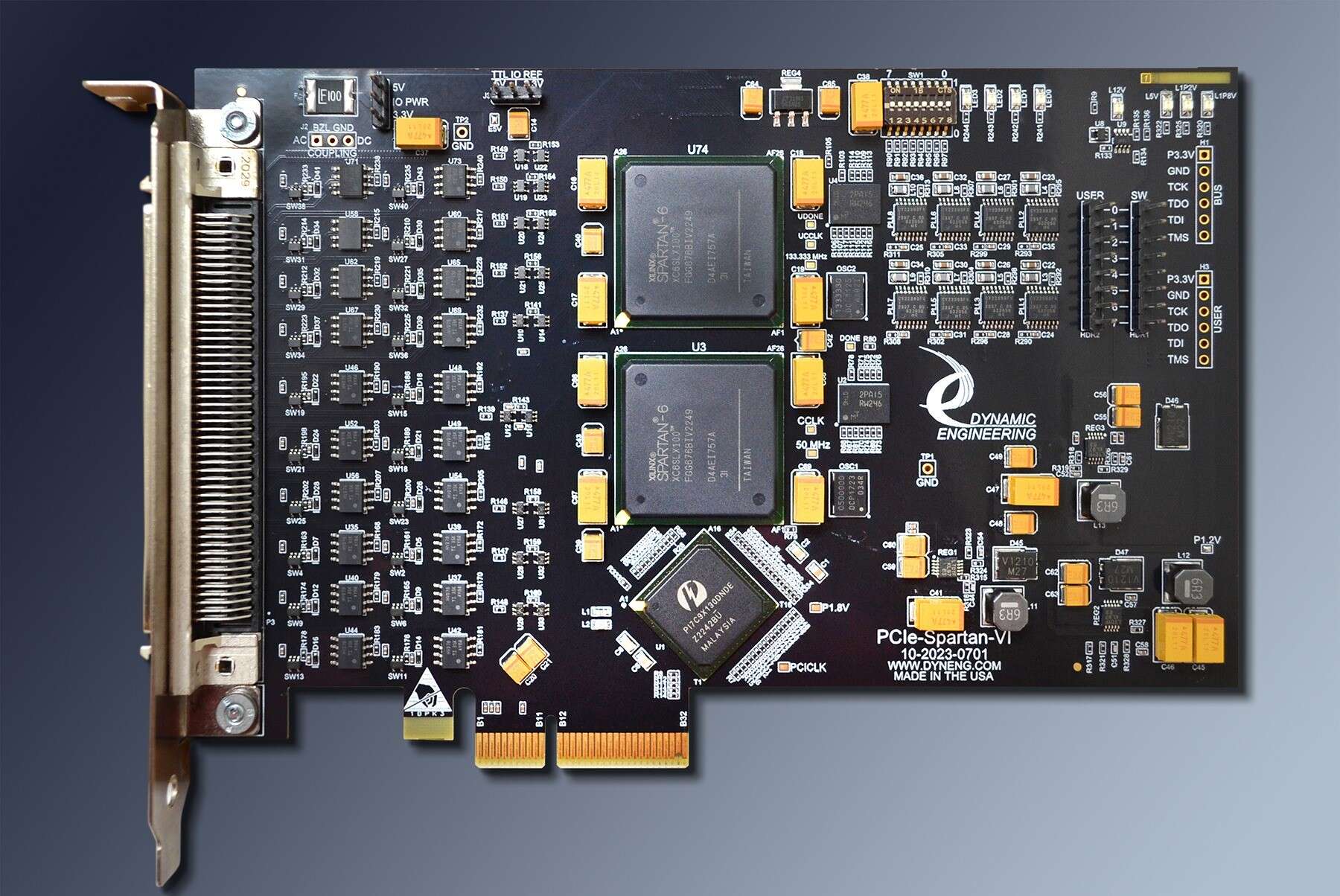
Lockable security bezel: branding, airflow, and access control
A good security bezel does three things at once: protects drives and buttons, filters dust, and gives you a clean front for brand ID. On dual-node gear where techs slide trays a lot, a lock stops “oops I bumped a power button” moments.
Lockable front bezel with dust filter (keyed-alike or keyed-different)
| Option | Pain it solves | Spec notes that matter | IStoneCase deliverable |
|---|---|---|---|
| Lockable front bezel | Prevents accidental eject/power; controls access in co-lo | Support keyed-alike for big fleets; label window for asset ID | Custom logo/bezel color, keyed-alike sets, spare keys in sealed packs |
| Removable dust filter | Keeps fin stacks clean in dusty enviroments | Tool-less filter tray, washable media, ΔP kept low | Filter media spec’d to airflow target; spare media kits |
| Bezel intrusion switch | Triggers event on open | Tie to BMC “chassis intrusion”; log for audits | Harness + microswitch kit; firmware note for your team |
| Tamper-evident seals | “Trust but verify” in multi-tenant racks | Serialized seals on bezel edges | Seal rolls w/ serial log sheet |
SEO fit: If you’re cross-shopping a server rack pc case or a computer case server for edge sites, put “lockable bezel + filter” into the must-have list. It’s not fancy, it’s just what keeps nodes healthy.

Tool-less slide rails: MTTR, depth, and load
Rails feel boring until a midnight swap. Tool-less ball-bearing rails with the right throw let you clear cables, swap a node, and be gone before the pager cools down.
20/28/30-inch EIA rails + cable management arm (CMA)
| Rail aspect | Typical range | Field tip | RFQ question to ask |
|---|---|---|---|
| Rail length | 20″ / 28″ / 30″+ | Match to cabinet depth and rear PDU clearance | “What min/max post distance and travel do we get?” |
| Load rating | ~30–40 kg class (per chassis) | Account for fully-loaded drives/GPUs | “Rating at full extension with CMA attached?” |
| Tool-less latches | Inner/outer quick-release | Cuts install time; fewer lost screws | “Does it click-lock both sides?” |
| CMA | Hinged or flip-over arm | Prevents cable strain at full extension | “CMA length and pivot clearance?” |
| Short-depth compatiblity | Telco/edge racks | Check front-to-back airflow in shallow racks | “Any short-depth kit or spacer options?” |
IStoneCase ships rails matched to your cabinet map, not guesswork. If you need a server pc case that lands in short-depth telecom frames, say it early and we’ll pick the right throw and CMA so service doesn’t snag fibers.
Keyed locks & intrusion switch: layered physical security
“Just don’t open it” isn’t a policy. You want layers—from bezel keys to intrusion logging to rack-level shields.
| Security tier | Where it fits | Compliance angle | What we implement |
|---|---|---|---|
| Keyed-alike front bezel | Single team, big fleet | Easier key control | One key code across fleet; lock barrels stamped |
| Keyed-different per rack | Multi-tenant colos | Limits lateral access | Per-rack key map; spare sets sealed |
| Bezel + intrusion switch | Sensitive rooms | Audit trail in BMC logs | Switch harness + firmware flag note |
| Rack-level add-ons | Public/cage floors | Layering w/ cage policy | Panel kits that align to rack rails |
It ain’t rocket science, but it saves tickets and keeps you out of sticky audit meetings.
Real-world scenarios (edge, co-lo, lab)
- Edge/retail IT closet. Short-depth racks, dusty air. Go lockable bezel + washable filter, 20″ rails, keyed-alike. Staff isn’t full-time ops, so simplicity wins.
- Co-lo with shared cage. People walk past your gear all day. Use lockable bezel, keyed-different per rack, intrusion switch tied to alerts, and CMA to avoid cable yanks.
- Research lab cluster. Lots of node swapping, GPU adds. Choose 28″/30″ tool-less rails, high load rating, and clear labels on the bezel. Your MTTR drops, your weekends come back.
- AI/compute pilot pods. You spin gear up/down often. Modular bezels with fast filters help keep thermals in check without service calls.
If you need dual-node plus GPU density, see IStoneCase GPU lines:
These families map nicely when you ask for dual-node trays, lockable bezels, and rail kits in one bundle. If your spec calls for an atx server case footprint in a dual-node config, we’ll validate thermals and front-to-back airflow before sign-off.
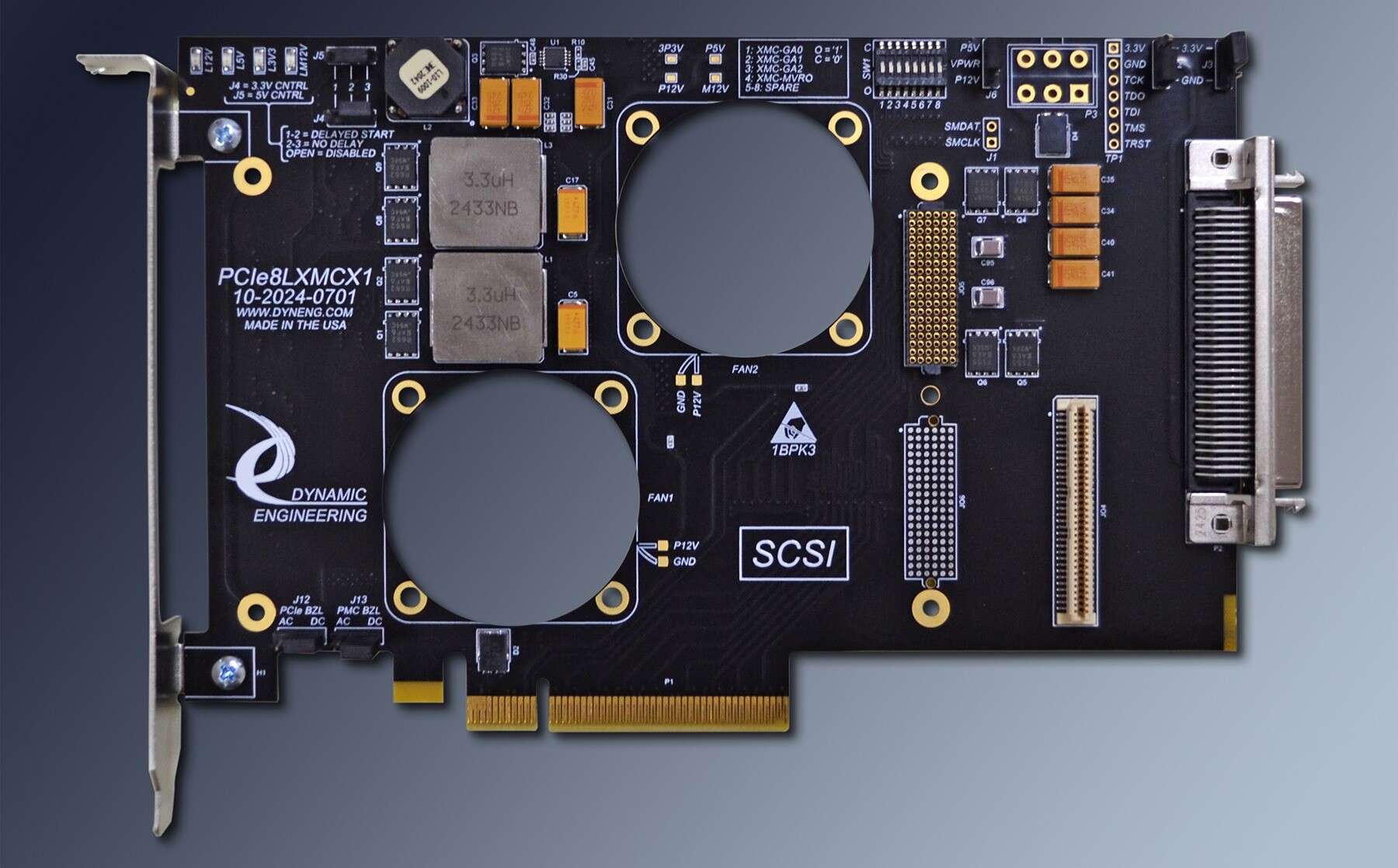
How IStoneCase fits: GPU-dense and dual-node ready
We build to your workload, not the other way around. Two quick examples you can reference while you scope:
- ISC GPU Server Case WS04A2 — 4U footprint ready for GPU weight and front filter kits. Pair with lockable bezel and CMA for labs rotating cards often.
- ISC GPU Server Case WS06A — 6U headroom when you want cooler, quieter trays and long rail throw. Clean fit for dual-node sleds that need service space.
- Customization Server Chassis Service — ODM/OEM program where we lock keying strategy (keyed-alike vs keyed-different), pick rail length from your cabinet drawings, and brand the bezel so your fleet looks consistent.
If your team is browsing general categories, start at the main GPU Server Case hub and branch out.
Keyword note: Whether you call it a server rack pc case, server pc case, or computer case server, the checklists below don’t change. That’s the point—consistent parts, predictable service.
Specification quick table for BOM (dual-node focus)
| Subsystem | Baseline to request | Why it matters | Buyer tip |
|---|---|---|---|
| Bezel | Lockable, removable dust filter, label window | Prevents accidental touches; cleaner fins; easier audits | Decide keyed-alike vs keyed-different up front |
| Rails | Tool-less ball-bearing, 28″ or 30″ throw, CMA included | Safer full-extension swaps; lower MTTR | Verify post-to-post distance and rated load |
| Locks | Bezel lock + intrusion switch harness | Layered physical control + logging | Map keys to racks; keep sealed spares |
| Airflow | Front-to-back with filter ΔP margin | Stable thermals in dusty sites | Ask for airflow chart at target CFM |
| Labels | Front/side asset & node ID | Cuts time in noisy aisles | Pre-print rack/row codes on bezel plates |
| Docs | Rail install sheet + key map | Faster on-site handoffs | Put PDFs in your runbook repo |

